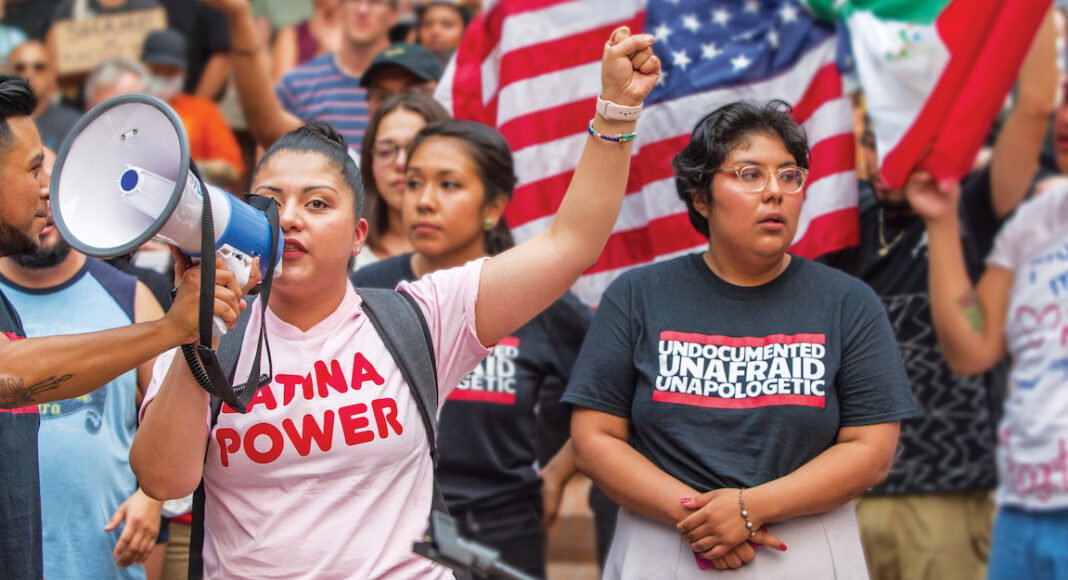On Thursday morning, the Supreme Court struck down affirmative action programs at the University of North Carolina and Harvard, ending the systematic consideration of race in college admissions process.
The court ruled that both programs violate the Equal Protection Clause of the Constitution and are therefore unlawful. The vote was 6-3 in the UNC case and 6-2 in the Harvard case, in which liberal Justice Ketanji Brown Jackson was recused.
The purpose of the affirmative action program, which traces back to an executive order by President Lyndon B. Johnson, was to increase the representation of women and minorities in a number of American institutions as a way to correct for historical discrimination.
In California, consideration of race in admissions has been banned since 1996 through the voter-approved Proposition 209.
Still, University of California Santa Cruz issued a statement condemning the decision. The University says the decision is the latest attack on efforts reducing systemic barriers to opportunity experienced by historically marginalized populations, including communities of color.
“While today’s court decision requires universities across the country to follow this new interpretation of the law, it also requires campus administrators, faculty, and staff to continue our efforts to expand outreach and opportunity in whatever ways we can,” the statement reads. “We proudly affirm that UC Santa Cruz will continue to be a leader in creating environments in which all students can grow and thrive.”
California Governor Gavin Newsom condemned the decision, saying the Justices “are trying to take us back to the era of book bans and segregated campuses.”
President Joe Biden called the decision a “severe disappointment,” adding that his administration would provide guidance on how colleges could maintain diversity without violating the ruling.
A recent Pew Research study found that half Americans disapprove of universities and colleges considering racial and ethnic backgrounds into account when making admission decisions. Those Americans who disagreed with the process were primarily white respondents, people without college degrees and Republicans.
Thairie Ritchie, local Santa Cruz activist and Black Lives Matter organizer who helped lead efforts to repaint downtown’s BLM mural, says the decision will even further deter minorities from applying to colleges—especially here in Santa Cruz.
“With Black students, who are only 2% of the UCSC population and 0.4 % population in the local Santa Cruz County school district, admissions will drop even more significantly,” says Ritchie. “With additional factors including: the current affordability crisis associated with housing and cost of living, the current tuition rates in the UC system, as well as wealth inequality that has caused Black and other people of color to struggle living in the County. This decision will have a harmful impact on Black students and other students of color from receiving access to education on a higher level.”
At UCSC, the student body was majority Asian according during the 2022 school year. In 2022, Asian students represented 32.2%, Hispanic or Latino students represented 22.5% and white students represented 22.2% of the student body. Black students only represented 4.5% of UCSC’s student body.
At Cabrillo Community College, according to DATAUSA from the 2020 school year found 47% of students were Hispanic or Latino, 41.4% white, 2.89% Asian and only 0.868% Black.












